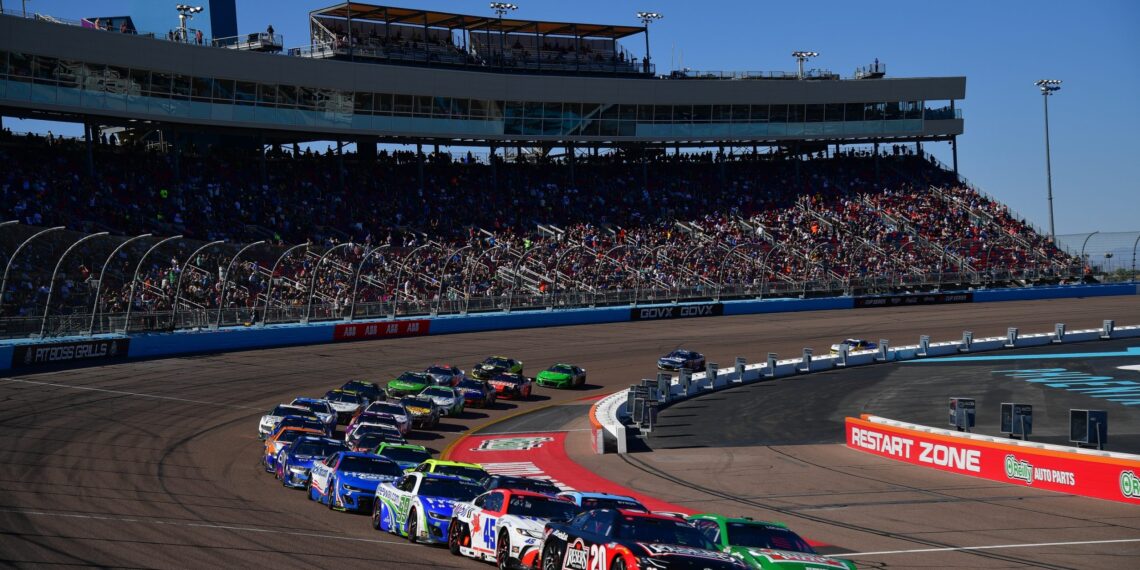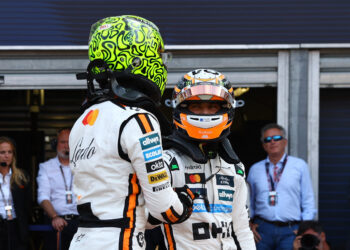Tire Catastrophe Strikes NASCAR Cup Series at Phoenix Raceway: What’s Behind the Failures?
In a shocking turn of events, NASCAR’s practice session at the notoriously challenging Phoenix Raceway has turned into a tire nightmare, leaving fans and teams alike in disbelief. Just five minutes into the session, championship contender Chase Briscoe suffered a catastrophic left rear tire failure, igniting a chain reaction of similar incidents that have raised alarm bells across the paddock.
But what exactly is causing these sudden tire failures? The answer lies in the aggressive strategies teams are employing to maximize speed on this asymmetrical oval track. Unlike conventional tracks, Phoenix requires teams to strike a delicate balance with their suspension setups, navigating starkly different angles as they approach turns one and three. In their quest for ultimate performance, teams are pushing the envelope on tire pressures, camber adjustments, and even experimenting with different brake pad compounds.
To add fuel to the fire, NASCAR’s Cup cars are mandated to use spec shocks on all four corners, a measure intended to prevent teams from engineering custom solutions as they have in the past. These spec shocks come equipped with internal limiters to avoid bottoming out, but this creates a precarious situation. When cars hit these limiters, the tires bear the brunt of the impact, amplifying the load transferred from the car to the track.
With teams eager to keep their cars as low as possible to enhance aerodynamics, the situation becomes even more volatile. Low initial tire pressures, designed to protect the tire compound during the initial laps, may inadvertently invite disaster. As the tires heat up and pressure rises, the resulting strain can lead to catastrophic structural failures. Drivers must navigate this minefield—one wrong move, and they could find themselves careening into the wall.
As Briscoe and others grapple with tire failures, the immediate solution seems straightforward: raise tire pressures and adjust camber to alleviate the stress. However, the stakes are colossal. Teams must tread carefully as they make these adjustments, knowing that one miscalculation could spell disaster come race day.
The shocking series of events at Phoenix serves as a stark reminder of the fine line NASCAR teams walk in their relentless pursuit of speed. With the race looming, the pressure is on to find a balance that not only ensures performance but also keeps drivers safe as they hurtle around the track at breakneck speeds. Will they rise to the challenge, or will tire failures continue to plague the competition? Only time will tell, but one thing is for certain: the NASCAR world is on high alert, and all eyes are on Phoenix Raceway.










